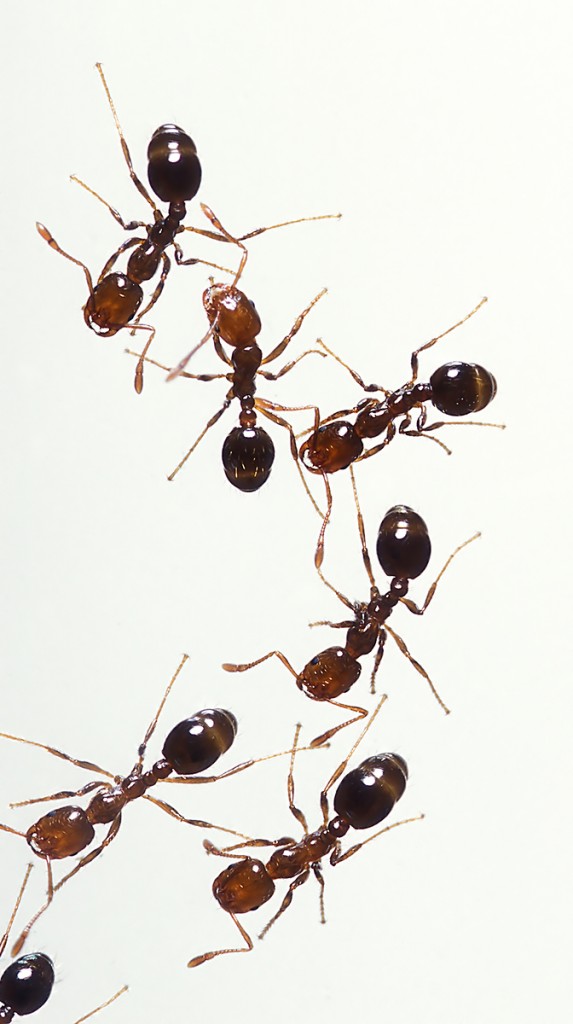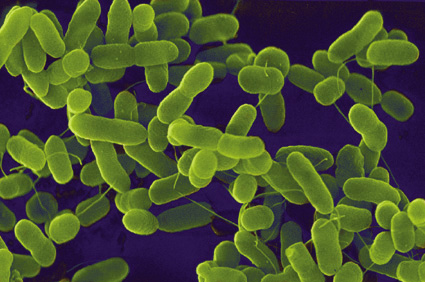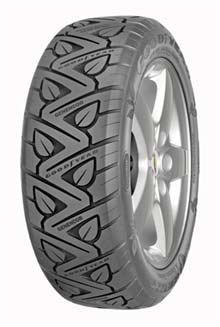This Bacteria Factory Produces Rubber
… sorry, my brain malfunctioned while I was trying to convert from metric without a calculator. Leaving caculations out of this, when you think about how many ants there are, and then you think about how much BACTERIA could live on an ant, then if you’re like me, you’ll freak out for a minute. When you pull yourself together, you’re going to try to come up with a way that humans might be able put bacteria to work for our own selfish ends (for instance attempting to ensure we are not overrun by trillions of ants).
Image credit www.accelterm.com
I’m pretty sure this is the exact thought process that led biotechnology company Genecor to engineer up some bacteria to manufacture Bioisoprene. Isoprene is a chemical that can be used to make tire rubber and that can also be combined with other materials in various mysterious and sciencey ways to make gasoline and jet fuel. I’m bringing this to your attention because we use a surprising amount of rubber in the construction industry, and I feel the need to get the word out when something that could eventually compete with petroleum-derived rubber is in the works.
Image courtesy www.marlerblog.com
Genencor gathered up some bacteria – let’s say it was E. coli because we’ve all heard of it and because E. coli make small amounts of isoprene as they metabolize your spoiled food and because E. coli is what Genencor actually used – then they started making changes to metabolic pathways and added a “plant gene coding for isoprene synthase, an enzyme that converts the precursor directly into isoprene” (Bourzac). So the fancy new E. coli exist to emit 99% pure Isoprene gas, which can be polymerized to make synthetic rubber.
Image credit Genecor
Goodyear (the tire company) has manufactured a few prototype tires out of the Bioisoprene, and you may see them on the market in five years or so. About a quarter of a tire is made up of rubber, and “the U.S. market for pure isoprene today is two billion pounds per year; 60 percent of that is used in tires, and the rest is used in adhesives and specialty chemicals” (Bourzac). You know what I’m thinking? I’m thinking we need to train the ants to polymerize the bioisoprene and we’ll have it made in the shade.
*@OMGfacts on twitter.
WU XING:
Bioisoprene is a gas at room temperature so I’ve filed it under fire. I also think this could be a wood material because it is used to make rubber.
Cited:
Bourzac, Katherine. “Rubber from Microbes.” Technology Review 03/25/10. Accessed 03/25/10. URL.



















Don’t forget the second most important market for synthetic isoprene. It’s polyisoprene condoms which can be used by couples who are afflicted with a latex allergy.
Leave a Wordpress Comment: